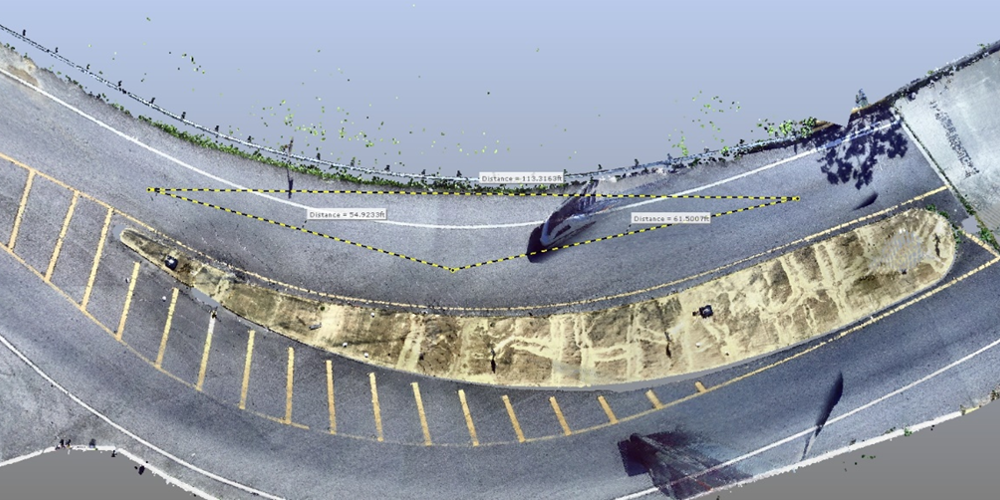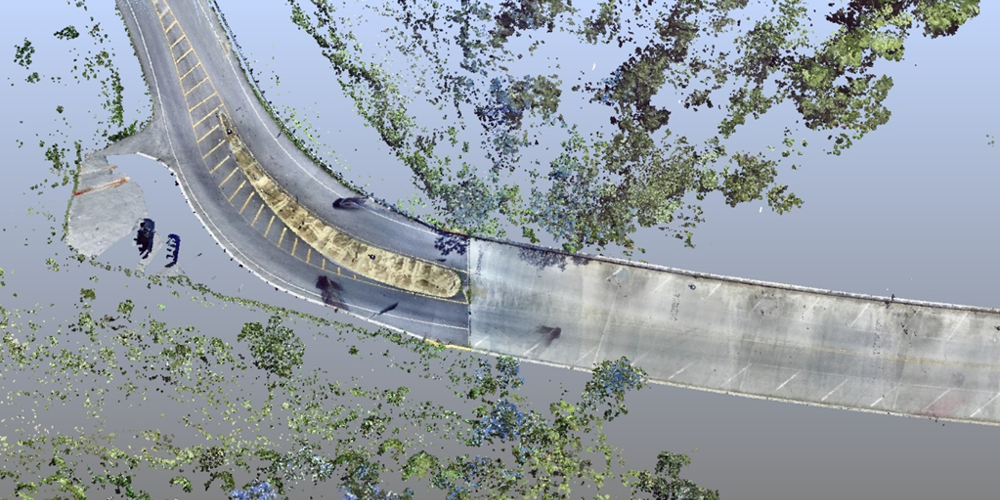An accident involving two motorcycles and two vehicles occurred in March 2020 in a municipality in Puerto Rico. The incident resulted in several injuries and one fatality. Preliminary reports indicated that two young men were riding their motorcycles southbound when they lost control while navigating a curve, crossed into the opposite lane, and collided with two oncoming vehicles.
The event raised questions regarding the roadway design, the speed of the motorcycles compared to the posted speed limit, and the adequacy of traffic control devices, among other issues. The roadway insurance company engaged Engineering Systems Inc. (ESi) to conduct a technical investigation to clarify the facts and determine liability.
Our Approach
From the outset of the investigation, ESi’s team of experts applied a rigorous methodology based on the evaluation of relevant documents, photographic analysis, detailed inspections of the incident site, and the review of technical records, among others. The scene was documented with digital photographs and video.
Additionally, a FARO Focus X 330 scanner was used to generate a 3D scan of the incident site. Drone flights were conducted to capture aerial photographs at an altitude of 400 feet. Reference measurements were taken to compare with Google Maps and drone imagery.
This documentation allowed the measurement of critical roadway and curve parameters such as the slope of the approach area, the curve’s superelevation angle, and the corresponding turning radius.
All gathered information was used to verify roadway geometry, establish the design speed limits, and evaluate existing traffic controls. Finally, the team documented roadway use by other motorcyclists navigating the area without difficulty.
Services Utilized
Expertise Utilized

The Outcome
The investigation revealed that the curve’s maximum turning speed, based on its geometry, exceeded the posted speed limit by more than 10 MPH. In addition, the distance between the speed reduction signs leading up to the curve was sufficient to allow any driver to negotiate it safely.
The site visit also identified the presence of reflective markers/rumble strips placed perpendicularly across the lane between the maximum speed sign and the curve entrance. These features serve as a safety measure to alert distracted drivers to potential hazards by providing visual contrast, audible noise, and tactile vibration transmitted through the tires to the vehicle.
Taken together, the evidence established that the motorcycles were most likely traveling at excessive speeds, preventing the riders from reacting in time to safely navigate the curve or central median.
This case not only clarified the causes of the incident but also reinforced the importance of specialized technical investigations in high-risk claims. ESi’s ability to analyze complex incidents with a scientific, evidence-based approach proved essential to establishing the facts.




